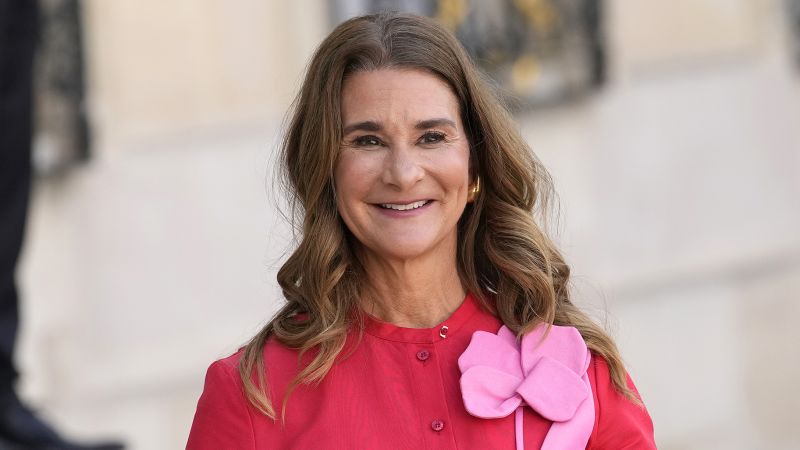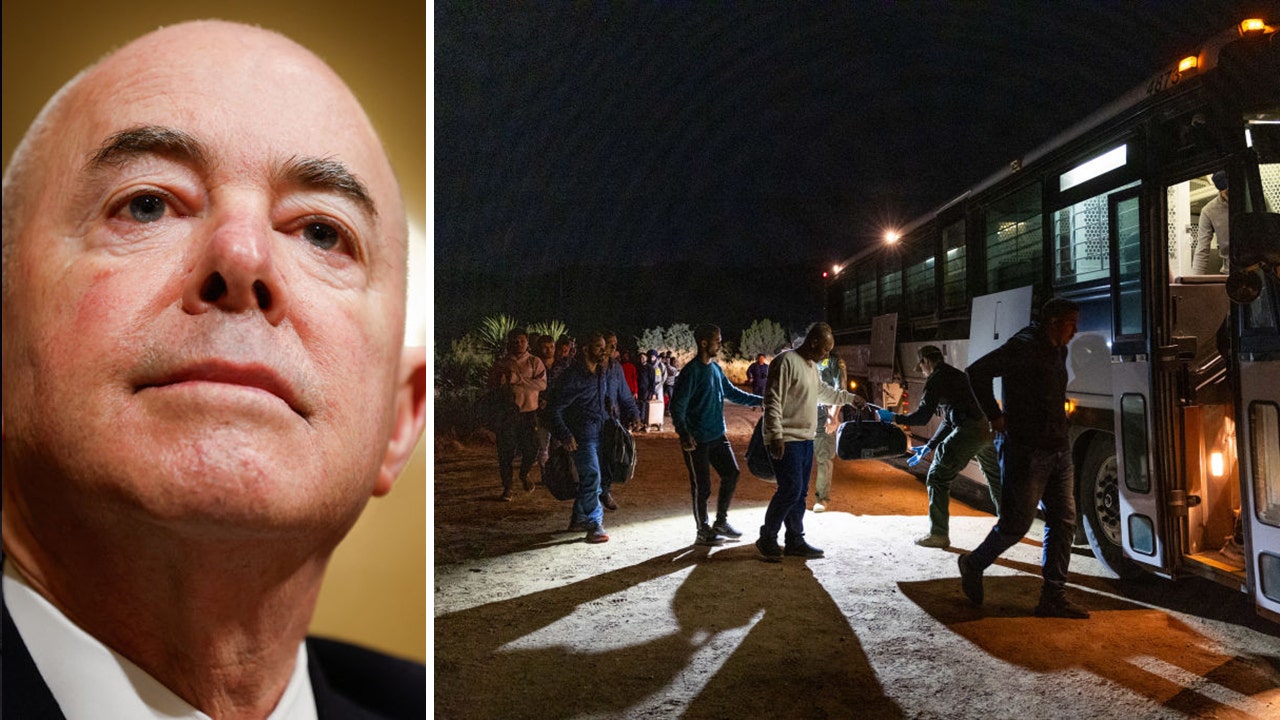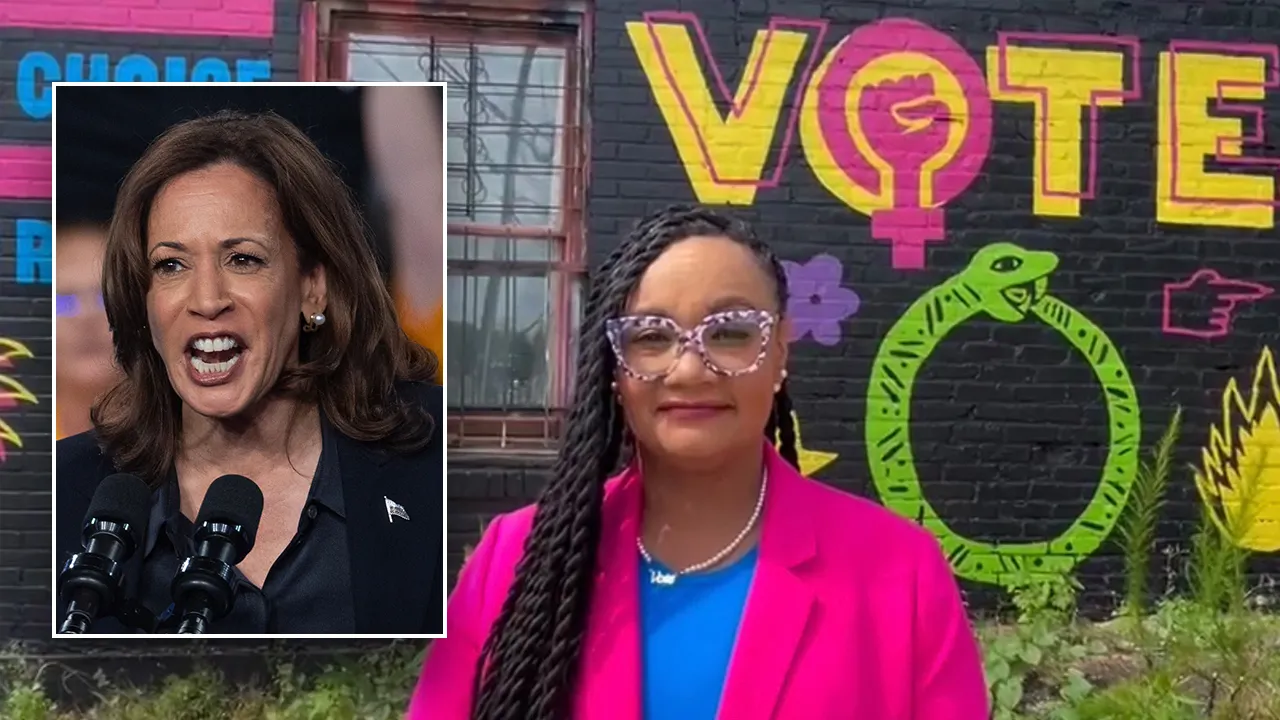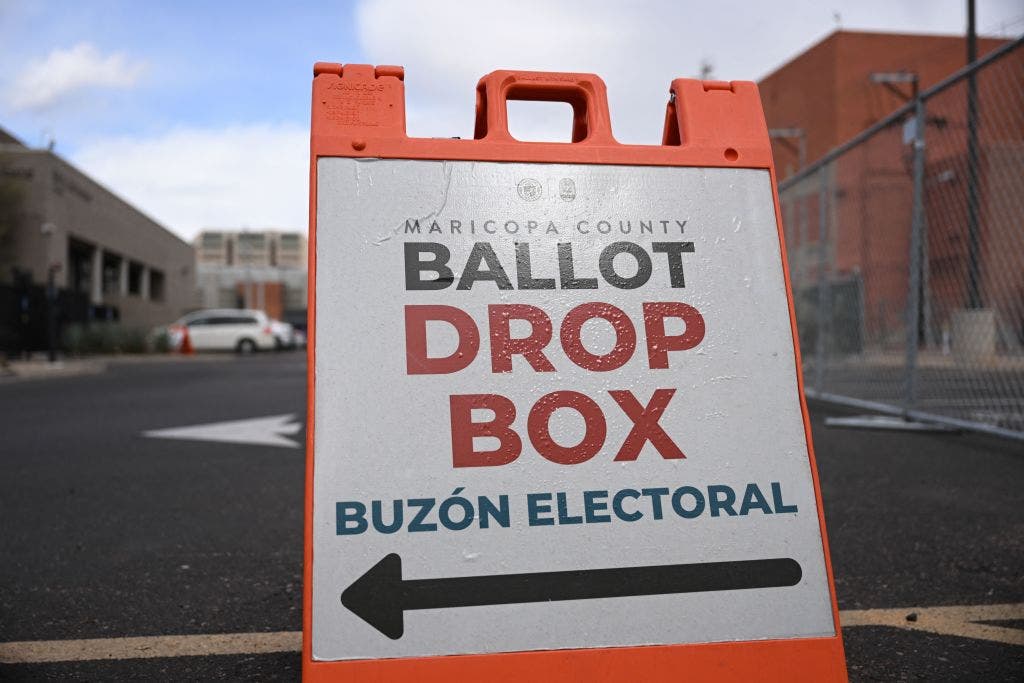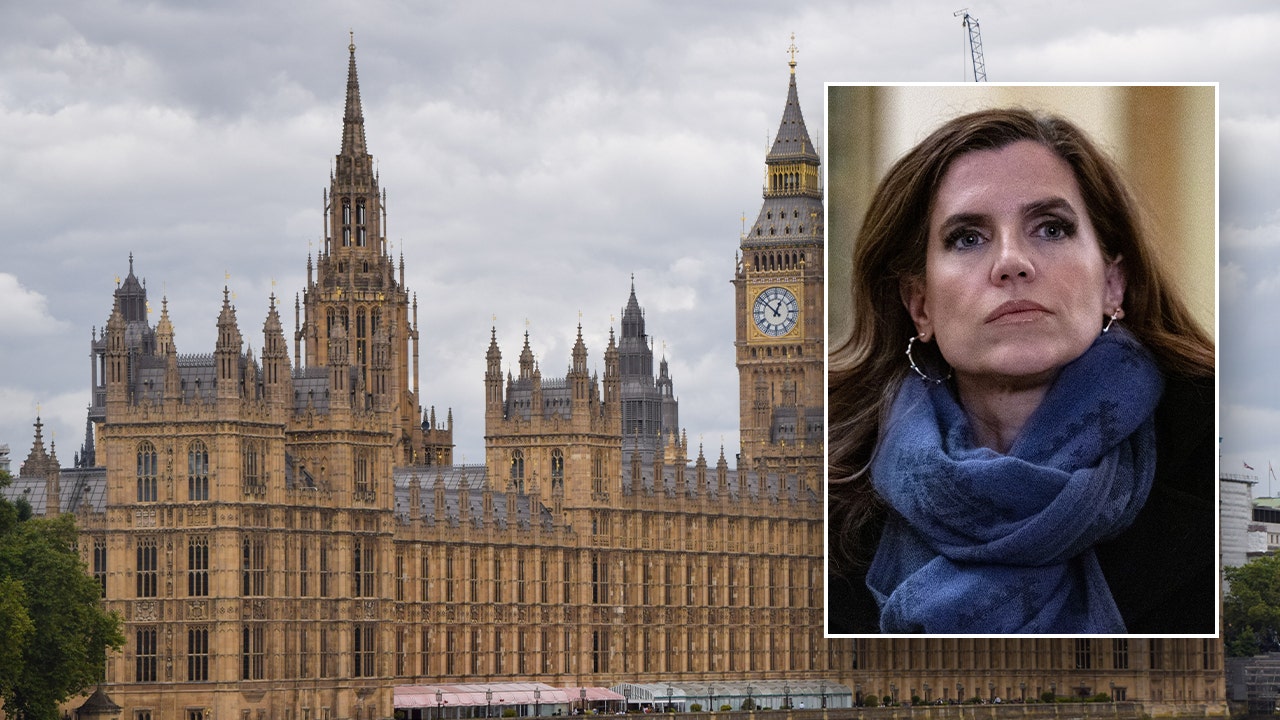In the two-and-a-half months since Joe Biden ended his reelection bid, Kamala Harris swiftly secured the Democratic presidential nomination, headlined the party’s most rapturous convention since 2008, brought in hundreds of millions of dollars in new campaign donations and surged past Biden’s poll numbers from earlier this year.
And yet, Democrats are increasingly anxious over Harris’ fate. There is a growing sense that her campaign is stuck in the mud – as familiar debates crop up over where and how to deploy precious resources.
Harris advisers often publicly dismiss the polls, acknowledging that the race is close and will remain so leading up to Election Day. But just weeks shy – and after multiple blitzes to battleground states and a debate that wiped away memories of Biden’s unraveling – the needle has barely moved, if at all. That Harris is the first major party presidential nominee in six decades not to have won a competitive primary remains for some a source of lingering doubt.
“People are nervous. They know the polls are tight,” a source close to the campaign said. “A lot of us are having these flashbacks to 2016 too. We know when it can go the wrong way, and it can still feel fresh.”
Further complicating efforts to rally the base, Democrats are struggling in some quarters to identify who that should be. Some are keen to win over GOP moderates who have soured on Donald Trump – a tactic with questionable returns-on-investment. Others want to focus on mobilizing men and men of color to turn out – a demographic that remains a point of concern among Harris campaign officials. Suburban women are a key demographic that have shifted toward Democrats during the Trump era, but there are questions whether that will be enough to offset Trump’s advantages with men. Others pointed to Hispanic voters. And worries loom about Arab Americans and younger voters angry over US policy in Israel, Gaza and, as the war spreads, Lebanon.
The nervous energy also stems from the simple fact of the race’s slim margins. Harris’ camp considers the seven most competitive battleground states to be tied or within the margin of error. And for all of the talk about there being multiple pathways to 270 electoral votes – through the so-called Blue Wall or the Sun Belt – no path currently feels guaranteed.
“They’re all narrow paths. They’re all tight paths,” is how one senior Democrat close to the campaign put it.
Behind the scenes, Harris campaign officials are strategizing to make up that ground and not repeat past mistakes, comparing where Hillary Clinton came up short in 2016 and studying what worked during Biden’s candidacy four years later.
That has meant an increased focus on visiting red and rural counties that voted for Trump in 2020, in hopes of cutting into the Republican’s advantages and lightening the pressure on liberal strongholds, most of them in major cities.
Cambria County, in Pennsylvania, has been among the targeted areas. Biden did slightly better there than Clinton on his way to turning her 44,000-vote deficit in the state into a nearly 82,000-vote statewide margin of victory in 2020.
“We showed up, fought a little bit, and got 31% and that difference is replicated across the region in other counties, and it adds up to that 80,000 margin. So, it worked,” Brendan McPhillips, Harris campaign senior adviser for Pennsylvania, previously told CNN.
Last month, Harris returned to Cambria, which Trump still won by double digits in 2020, to try to make inroads and peel off votes from the former president.
“What happened cycle after cycle is we got a little too obsessed with the analytics and the data and the most efficient targets, and then you keep doing that, and keep doing that, and keep doing that, and that leads you down a path of talking to a narrower, narrower segment of the electorate,” Harris campaign battleground states director Dan Kanninen previously told CNN. “And that really came to bite us.”
“The part that we’ve figured out, I think, as a party broadly, and this campaign specifically, is that showing up is the fundamental thing to do in politics,” Kanninen added.
Harris herself has pushed back hard against any suggestion that she is overconfident, repeatedly describing herself as the “underdog.”
“This is a margin-of-error race. We are the underdog. And I am running like the underdog because I am the underdog in this race,” Harris told donors at a fundraiser in late September. “The baton is now in our hands.”
If the Harris campaign has felt good about anything in recent weeks, it is the undeniable burst of energy that the vice president brought to the race since she claimed the nomination. Officials point to the healthy crowd sizes at her campaign events, robust fundraising and volunteer capacity.
And if they are ever going to boast about anything, it is the ground game and the infrastructure that the campaign – going back to when the now-Harris campaign was the Biden campaign – has been working to build for years.
“It’s exponentially better than Trump’s,” one adviser said of Harris’ operation. But they, too, acknowledged that field operations are only a part – however critical – of a much larger equation.
In presidential campaigns, there are “October surprises” – shocks of news shortly before the election that can upend a static contest – and there are October certainties. Handwringing among Democrats faced with tight polling numbers as they manage a fragile coalition has become a standard part of the election season.
Democratic nominees have lost the two closest presidential elections of the past 25 years – a pair of races in which they won the popular vote but fell short in the Electoral College. In 2016, a combination of minor but widespread polling errors, crossed with disbelief that Trump could not – ever, in any world – defeat Clinton, created a lasting post-election paranoia the party has not shook.
“It’s a different set of nerves than we saw four years ago,” Patrick Murray, director of the Monmouth University Polling Institute, told CNN. “Now, that concern about the polls is just baked in. It’s more this sense that you have a candidate who people are excited about, on the Democratic side, but of course is not really battle tested (at the top of the ticket).”
The spike in excitement among Democrats when Harris took over the ticket, Murray suggested, brought the race back to about level. Doom and gloom gave way to hope – another confounding emotion. But when the reality of a tight contest set in, and events that historically might have upended a race didn’t move this one an inch, those same voters were particularly distressed.
Take the presidential debate in September.
“By any objective measure, in a different place in time, that kind of difference in debate performance would’ve produced at least a temporary five-point bump in the polls (for Harris),” Murray said. “But we had to squint our eyes to find a small, one-point shift.”
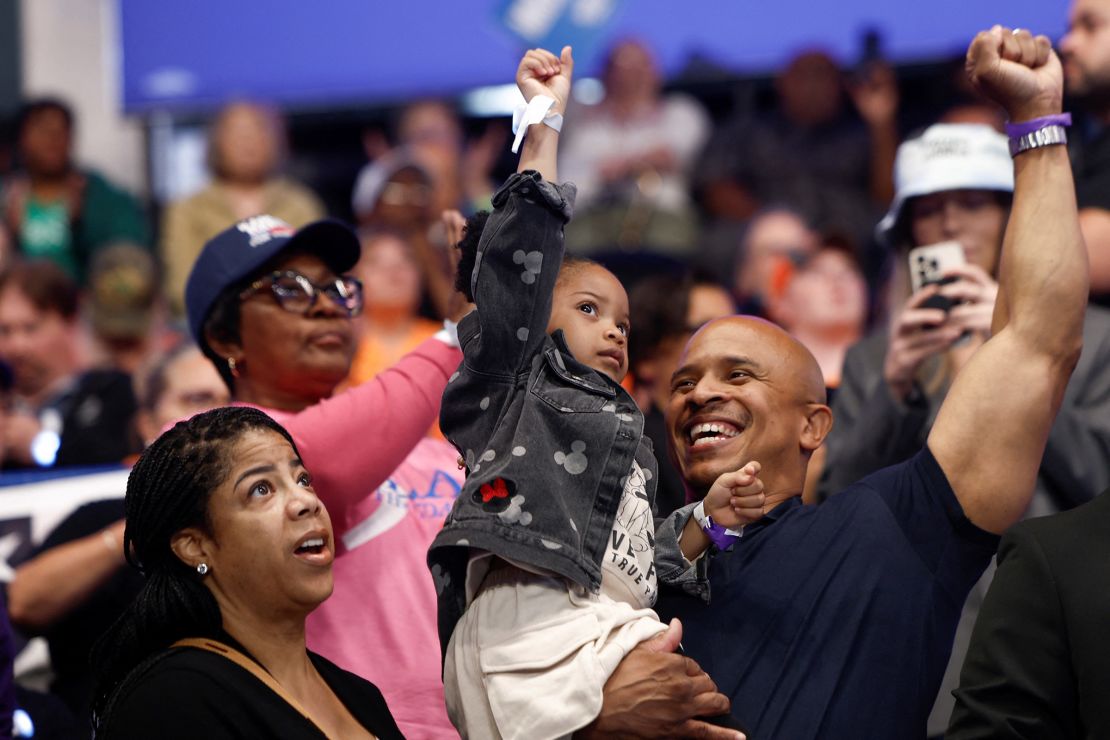
Before ascending the ticket, Harris spent months working to shore up support among Black men for Biden. Still, some advisers to the campaign say there is more work to be done.
“The concern,” one person close to the Harris team told CNN, “is that the couch is going to win, and because this is still a tight race, and none of us want to feel how we felt in 2016.”
“We need to make sure that Black men, Hispanic men, don’t, don’t sit on the couch,” the person said. “Because if they don’t vote at all. That’s (a) vote for him.”
In response to the Harris campaign’s struggle to recreate, in short order, the multiracial Biden coalition of 2020, operatives and allies are publicly and privately working to make the case to voters in close-up, intimate spaces. That means ramped up personal engagement with Black voters – whose support for Biden had slipped so far that Harris is still trying to return the Democratic advantage to previous levels – and among union households, another demographic where the Biden of 2020 is outpacing Harris this year.
Last month in Milwaukee, Harris’ brother-in-law, Anthony West, quietly attended a local meeting of the NAACP – a technically nonpartisan group whose members are filled with influential, mostly Democratic state activists and organizers. In a recording of the meeting obtained by CNN, he made the case for Harris in strong terms.
“We have to decide what we want our country to look like and what we choose,” West said, “and we have to fight for it.”
One of the most persistent issues discussed was how to make the campaign more accessible to poorer communities where Harris’ focus – in rhetoric and substance – on the “middle class” might not click.
“Remember you were raised by a strong Black woman, a strong Black woman took care of you, fed you, gave you an opportunity in life,” West told the NAACP audience, urging those in attendance to take that message home.
He also detailed her past commitment to criminal justice reform, through “ban the box” initiatives and other programs she led or created during her time as the district attorney in San Francisco.
“That’s the philosophy that she would bring to the White House and that she would bring to the Department of Justice,” he said.
On Tuesday, the country’s largest political action committee dedicated to supporting Black candidates, Collective PAC, helped roll out a new campaign called “Vote to Live,” which pledges to spend $4 million to “mobilize Black communities.”
That spending, the group said, will go toward funding 100,000 Uber vouchers for round-trip transport during early voting; work on registering 50,000 Black voters as deadlines near; onboarding “voting ambassadors” in targeted communities; launching a bus tour pairing labor and the NAACP; and hosting homecoming parties at Historically Black Colleges and Universities.
Still, a Democratic organizer in Georgia lamented that outside pro-Harrris groups in the state are being outspent on TV and mail, but said the state of the party’s field operation is particularly troubling.
“When Black voters are getting inundated by anti-Harris mail, anti-Harris ads, the face-to-face conversations matter even more,” the operative said.
With right-wing disinformation about immigrants being directed at what operatives call low-information communities, the Georgia operative stressed the need for more direct contacts.
“Those are incredibly nuanced conversations that need to be had and there is no 30-second(or) 60-second ad that can provide that much nuance,” the operative said.
Former Louisiana Rep. Cedric Richmond, who served as a top aide to Biden in the White House and is now a Harris surrogate, said the campaign is focused on hammering home its core issues.
“For people who care about Social Security and Medicare, we are going to let them know that Trump wants to cut it. For those people who are concerned about mass shootings, we are going to let them know that we are going to ban assault rifles,” Richmond said.
Harris campaign surrogates have told CNN that there is also still a lot to do to shore up support among Latinos in the final weeks before Election Day.
“There’s always a concern we want to do more. I think we always want to do more,” New York Democratic Rep. Adriano Espaillat previously told CNN.
For weeks, Harris and Trump have increased their digital strategy to reach Latino voters. But some political strategists warn that it doesn’t necessarily mean voters will go to the polls.
“There’s a disconnect,” said Chuck Rocha, a veteran Democratic strategist who specializes in Latino outreach. “You feel like what’s happening online and versus on the boots on the ground, it’s totally two different things.”
Read the full article here




